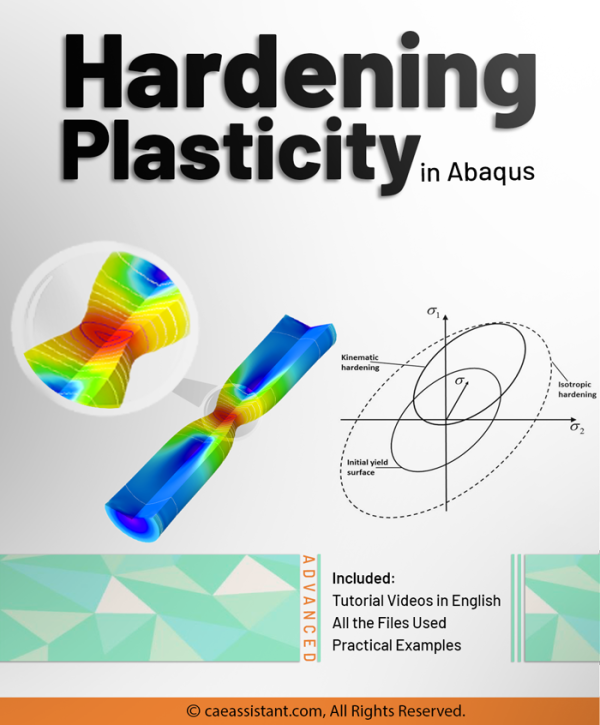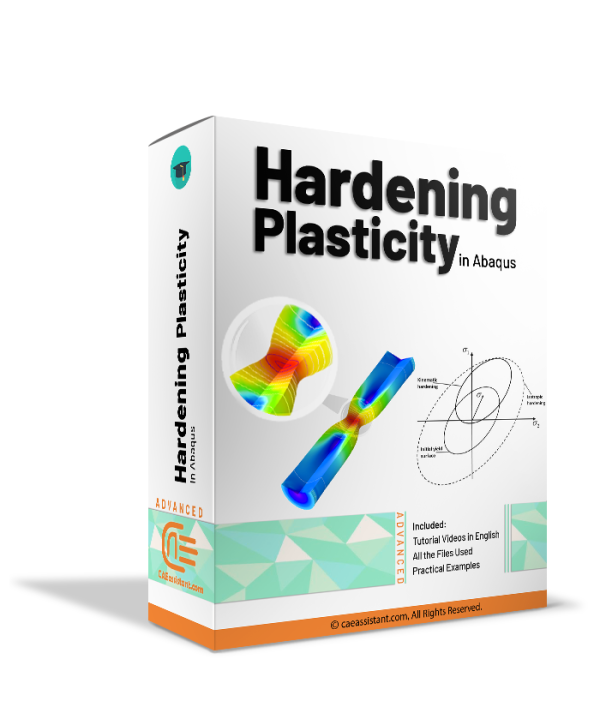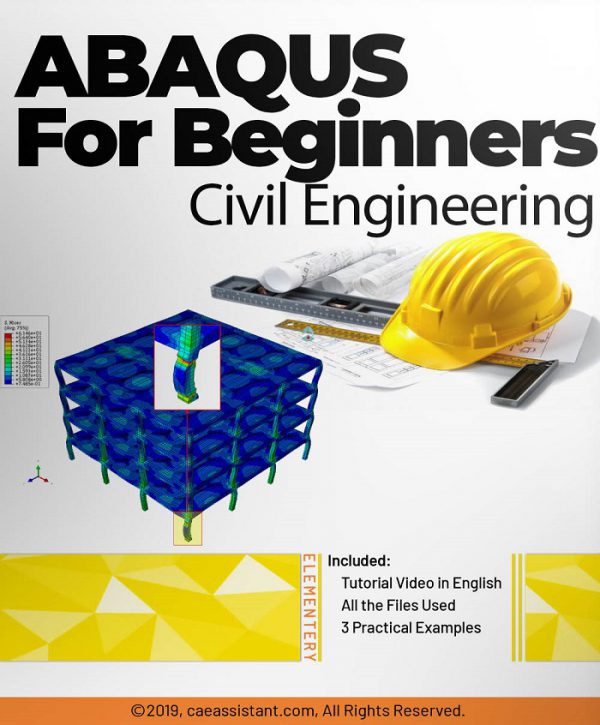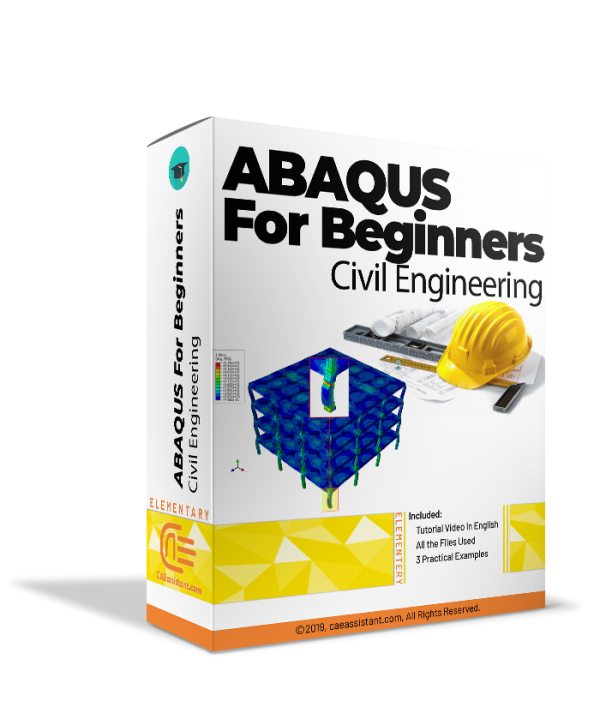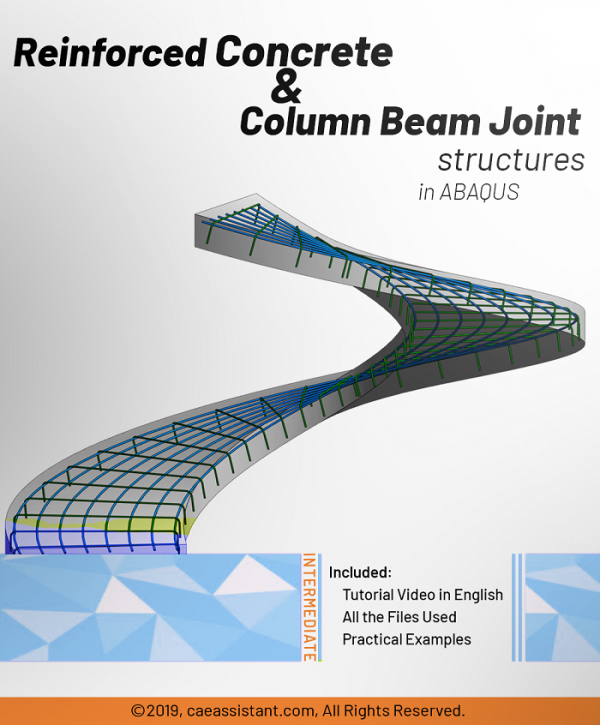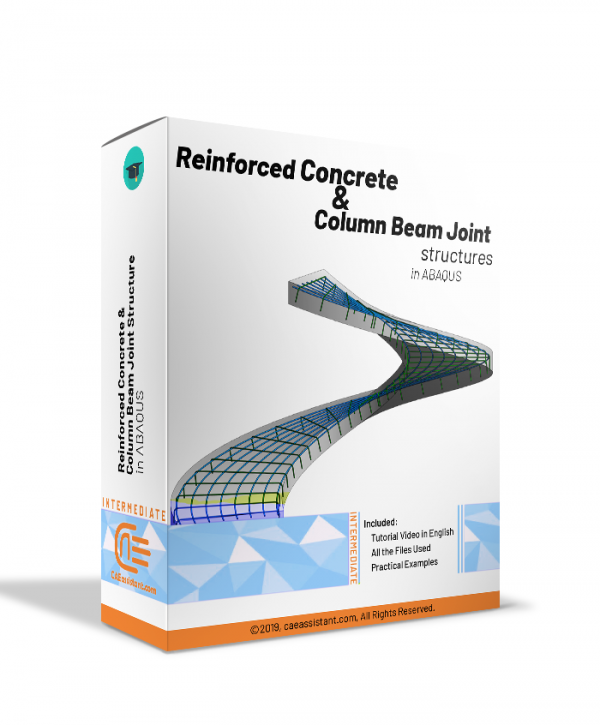Carlos López, an accomplished expert in Abaqus simulation for civil engineering applications, hails from Spain. With a strong educational background, extensive industry experience, and deep expertise in utilizing Abaqus for civil engineering analysis, Carlos has established himself as a leading authority in the field of computational modeling and simulation for civil infrastructure.
Education and Early Career:
Carlos completed his Bachelor’s degree in Civil Engineering from the Polytechnic University of Valencia, where he developed a solid understanding of structural analysis and design principles. Driven by his interest in advanced analysis methods, he pursued further education and obtained a Master’s degree in Structural Engineering from the Technical University of Madrid. During his studies, Carlos focused on mastering Abaqus software and its applications in civil engineering.
Professional Accomplishments:
After completing his education, Carlos joined a renowned engineering consultancy firm in Madrid, where he specialized in Abaqus simulations for civil infrastructure projects. His exceptional analytical skills and proficiency in Abaqus quickly gained recognition, leading to his involvement in critical projects such as bridge design, seismic analysis, and structural optimization.
Expertise and Contributions:
Carlos López possesses a deep expertise in utilizing Abaqus for civil engineering simulations. He has a comprehensive understanding of structural mechanics, nonlinear analysis, and dynamic response of civil structures. Carlos excels in modeling complex geometries, considering material nonlinearities, and accurately predicting the behavior of structures under various loading conditions.
His expertise extends to a wide range of civil engineering applications, including structural stability analysis, soil-structure interaction, and performance assessment of bridges and buildings. Carlos has successfully utilized Abaqus to evaluate structural integrity, assess the impact of loads and environmental conditions, and optimize designs to ensure safety and efficiency in civil infrastructure projects.
Carlos actively stays updated with the latest advancements in Abaqus software and simulation techniques specific to civil engineering. He collaborates with researchers and industry experts to explore new methodologies and integrate innovative approaches into his simulations. Carlos is known for his ability to effectively communicate complex engineering concepts to diverse stakeholders, fostering collaboration and ensuring project success.
Hardening plasticity in Abaqus
💿Abaqus for Beginners (Abaqus for Civil Engineering)
Concrete reinforcement and column beam joint structures in ABAQUS
